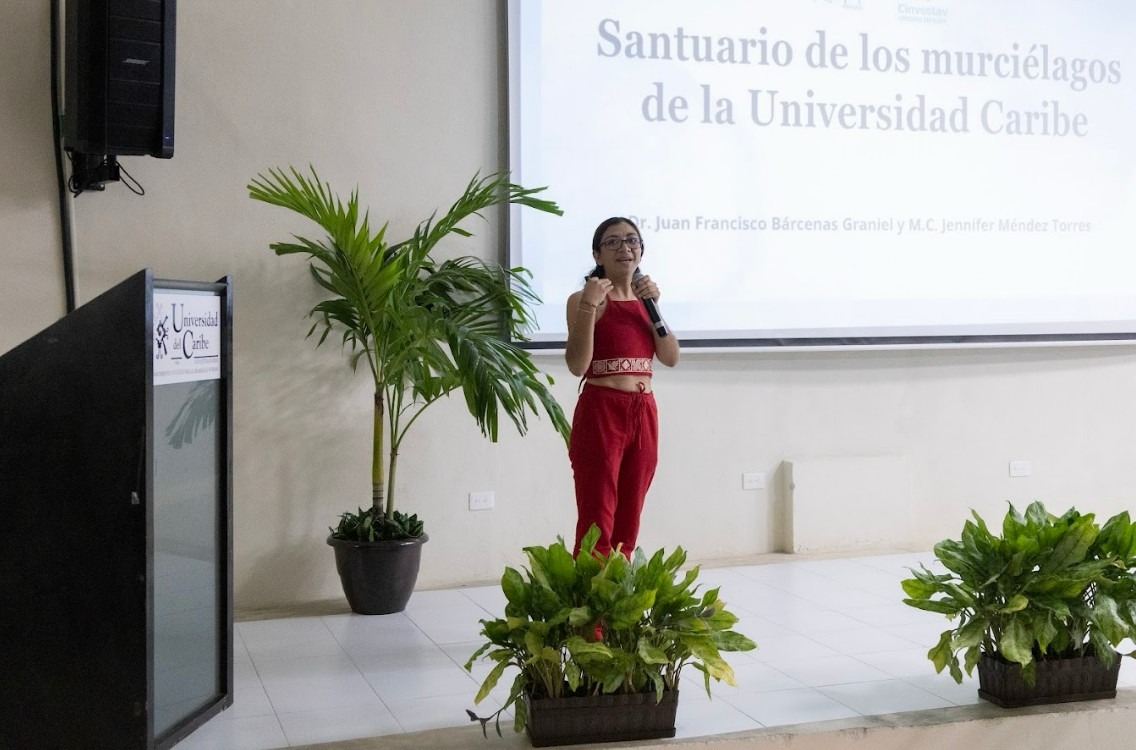Cancún, Quintana Roo — The University of the Caribbean is set to be recognized with a certification awarded by the Latin American and Caribbean Network for Bat Conservation (RELCOM), acknowledging the research and conservation work conducted by its Department of Environmental Engineering. The work focuses on a maternity bat cave located within the university's facilities.
Doctor Henry Fernando Dzul Cauich, a researcher from the Center for Research and Advanced Studies of the National Polytechnic Institute (CINVESTAV) in Mérida, emphasized that this recognition represents a significant achievement, as very few caves meet the strict criteria required to receive this international distinction. He also confirmed that the coordinator of RELCOM Mexico, Celia Sélem Salas, will make the official declaration next year.
Dzul Cauich stated that this certification will function as a conservation "shield" for the University of the Caribbean's Bat Cave and will reinforce the institution's commitment to protecting biodiversity.
"The University of the Caribbean is seen as an ally of Mexico's bat conservation program and of RELCOM, an educational institution committed to student development and to safeguarding a priority refuge for the species," the researcher affirmed.
For her part, Jennifer Méndez Torres from the Department of Environmental Engineering explained that the university has sought to strengthen its ties with various conservation projects, noting that the university is located within a protected natural area. This area harbors ecosystems such as mangroves, which are home to Moreletii crocodiles, as well as jungle and the bat cave.
She underscored the importance of fostering environmental awareness and responsibility towards these ecosystems among the university community.
Méndez Torres detailed that, over the past year, she and the doctors Henry Dzul and Juan Francisco Bárcenas Graniel have made monthly entries into the cave to monitor its dynamics and environmental conditions. These conditions are characterized by extreme temperatures between 45 and 50 degrees Celsius and a humidity level close to 80%.
Due to the site's conditions—infested with insects and covered in guano—access requires specialized equipment, and therefore, student entry is not permitted.
During their research, the specialists conducted a new count using infrared cameras, confirming the presence of approximately 220,000 insectivorous bats. Furthermore, they verified that it is a maternity cave, as thousands of females give birth to their young inside.
Méndez Torres mentioned that they discovered the water table is located just a few meters below the cave, with a layer of saline water further below, an indication of marine influence. This discovery will open a new line of research for the coming year.
Discover more from Riviera Maya News & Events
Subscribe to get the latest posts sent to your email.
